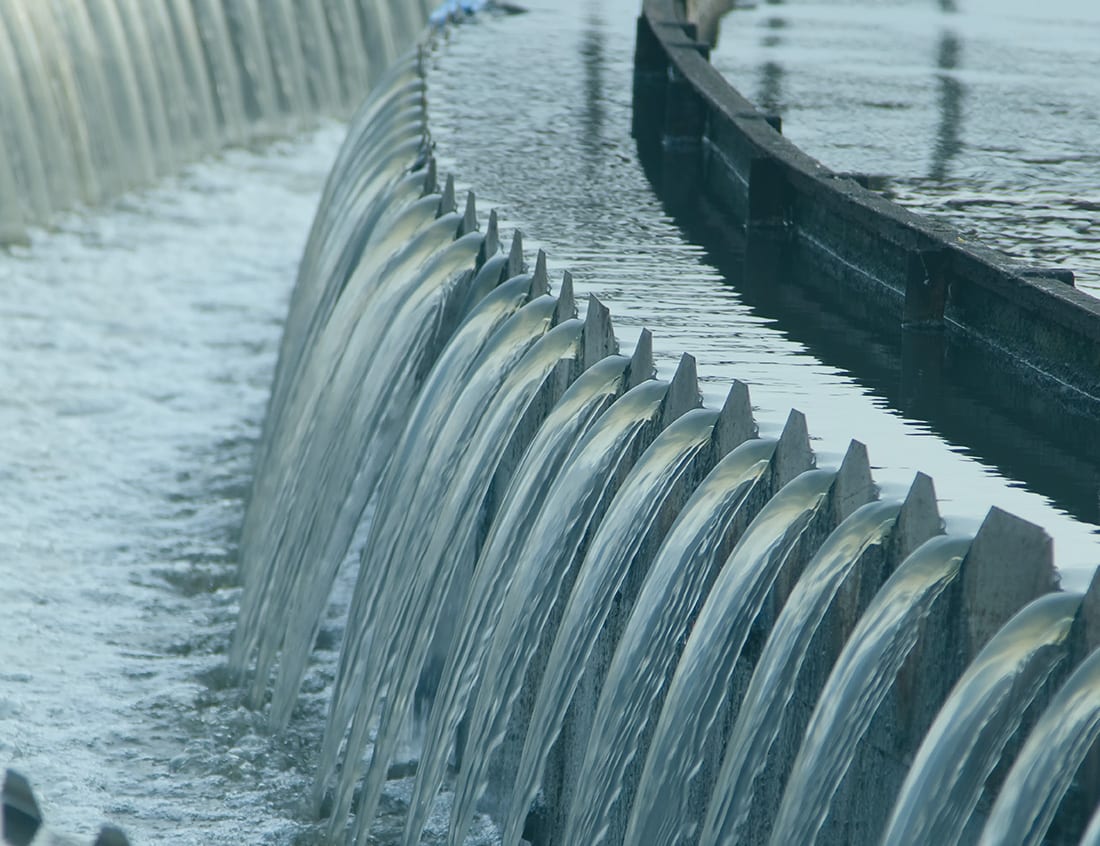Odor Control for Wastewater Treatment Plants
Wastewater Odor Control for Treatment Plants
Wastewater treatment plants (WWTPs) produce a variety of odors, including hydrogen sulfide (H2S), mercaptans, ammonia, and amines. These odors can be unpleasant and even harmful to human health. Wastewater odor control is important to protect public health and the environment.
Types of Wastewater Odor Control
There are two main types of wastewater odor control: liquid phase and vapor phase.
Liquid Phase Odor Control
Liquid phase odor control involves treating the wastewater itself to prevent the formation of odorous compounds. This can be done by adding chemicals, such as hydrogen peroxide or ozone, to the wastewater.
Vapor Phase Odor Control
Vapor phase odor control involves capturing and treating the odorous gases that are released from the wastewater treatment process. This can be done using a variety of methods, such as air scrubbing, biofiltration, and activated carbon.
Choosing the Right Method
The best method for wastewater odor control will vary depending on the specific source of the odor and the environmental conditions.
For example:
- Air scrubbing is a good choice for controlling H2S emissions.
- Biofiltration is a good choice for controlling ammonia emissions.
Additional Odor Control Practices
In addition to the methods mentioned above, there are a few other things that can be done to control wastewater odors:
- Properly maintaining the WWTP to prevent leaks and spills.
- Covering open tanks and lagoons.
- Using odor-masking agents, such as essential oils.
- Educating the public about wastewater odor control.
Detailed Overview of Odor Control Methods
Liquid Phase Odor Control
This method involves adding chemicals to the wastewater to prevent the formation of odorous compounds. The most common chemicals used for this purpose are:
- Hydrogen peroxide
- Ozone
- Chlorine dioxide
Vapor Phase Odor Control
This method involves capturing and treating the odorous gases that are released from the wastewater treatment process.
Air Scrubbing
This method involves spraying the odorous gases with a liquid, such as water or an alkaline solution. The odorous gases are then absorbed into the liquid and removed from the air.
Biofiltration
This method uses a bed of microorganisms to remove odorous gases from the air. The microorganisms convert the odorous gases into harmless substances.
Activated Carbon
Activated carbon is a porous material that can absorb odorous gases. Activated carbon filters are often used to remove odorous gases from the air in WWTPs.
Factors That Influence Odor Control Method Selection
The choice of odor control method will depend on:
- The specific source of the odor
- Environmental conditions
- Budget and operational considerations
In some cases, a combination of methods may be used.
Partner with ChemREADY
Contact ChemREADY today to schedule an appointment with our experts.
About The Author
Nick Piskura is the Marketing and Web Development Specialist at ChemREADY who utilizes expertise in digital marketing strategies to provide knowledgeable insights in each segment of our business. Nick provides insights through web development and multimedia resources that support ChemREADY’s full range of services, including Legionella management, ANSI/AAMI ST108 compliance, boiler and cooling tower treatment, wastewater processing, and industrial water quality solutions.

